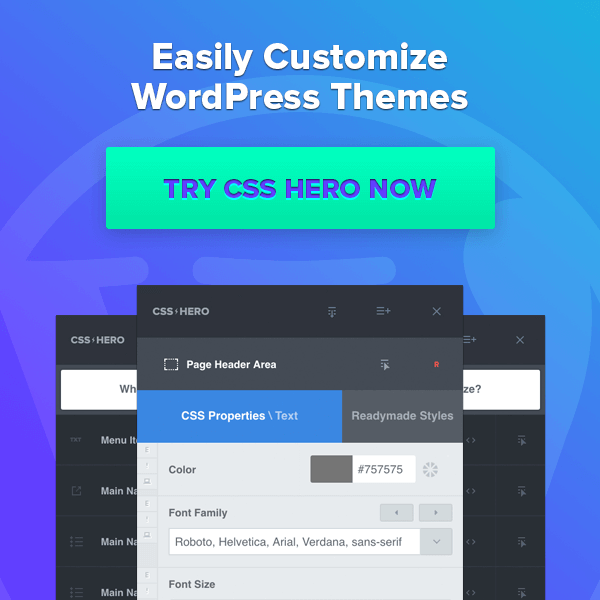With so many blogs existing in the world, you have a very short amount of time to catch the attention of your valued readers. Your title is what most readers will see first – in an RSS feed, in Google or Bing or embedded in an email. If your title is clunky, too long or plain lackluster, your blog post will likely be lost, forgotten and just plain not seen. With so much pressure to perform, you may find your title writing skills flagging when it matters most. If your goal is to create blog post titles that attract readers, whip their heads your way, and click on your latest blog posts with fervor, here are the ten most well-kept secrets for optimizing your blog titles that every blogger should know.
Enticing Blog Subject Matter
If you are stuck on what to write about, these three title categories are sure to lure new readers to your blog in droves.
- Provide a Benefit: Titles that get clicked on the most promise a clear benefit to the reader. They solve a pressing problem, they offer advice from luminaries in the field and they generally seek to improve readers in one way or another.
Whether readers are trying to improve conversions, lose weight or train their dogs to sit and play fetch, get to the heart of their passions, desires, apprehensions and fears and craft blog titles that speak to your readers and promise results; and make those results fast if possible. A good example of this is the blog title How to Eradicate a Zit in a Single Evening.
This will require extensive research in order to accurately analyze the psyches of your reader base, but today’s social networks and popular forums make that research easier than ever before.
- Spread the News: Some of the most popular blog titles are those that strive to keep your audience informed of updates and happenings as they relate to your niche. Scour the news, read the latest press-releases in your industry and write blog titles that keep your readers on the up-and-up. A good example of a title for an IT blog might be Ten Industry Updates All IT Professionals Should Know.
- Pique the Curiosity: Attempt to write blog titles that are different than everyone else’s and that resonate with your audience. Use odd but relevant word choices, personal experiences, funny anecdotes and quirky subjects that no one else is using. Your readers won’t be able to help themselves but click and read. An example of a title for a construction blog might be Hammers and Hamburgers: A Day in the Life of a Construction Worker.
Proper Title Construction
Use the following tips to develop titles that drive traffic and attract comments.
- Set Expectations and Tease: Your blog title should let readers know exactly what they will get out of reading your blog in its entirety. For best results, tickle your readers with a hint of what’s to come and force them to commit to experience the true payoff.
Consider this title for a weight loss blog: See What Happens when Weight Loss Happens Too Quickly. Notice how the title doesn’t say what happens, it just urges readers to continue reading and pay attention.
- Concise is Nice: The shorter your title happens to be, the better. Remember, you only have a very short window to reach your audience. Not only that, but your readers will typically have very short attention spans. Long, drawn out titles get ignored more often than shorter ones. A short and sweet title for a gardening blog might read 7 Plant Watering Secrets.
- Optimize for Search: Use your primary keyword very early on if you want to beat out competitors that are optimizing for that same term. For example, if you are writing for a cosmetics blog and your keyword is ‘eye shadow’, your title might read Eye Shadow Tips from the World’s Top Makeup Experts. While not a sure way of improving rankings, there is always the chance that this technique will give you an edge against other bloggers that are using the same term keyword term a little later on in their titles; so this tip is always worth considering.
- Beat Competitors: Once you get a good idea of the title you would like to create, get online and start searching for others who are writing about the same subject. Take their titles in, process them and then use what’s available to make yours even better.
- Use Active Language: Stay away from passive verbs and instead use plenty of action words to get your readers’ hearts racing. Instead of the title How the Best Athletes are Running and Jumping Today, it would be better to use the title Run Faster and Jump Higher Just Like Today’s Best Athletes.
- Lists Bring the Clicks: Blogs that contain numbered or bulleted lists tend to always perform well. Readers prefer blogs that contain easily digestible content, and lists provide exactly that. For instance, 10 Mistakes All New Police Recruits Should Avoid.
- A Strong Title Never Lies: Your titles should always come through on the promises you make. In other words, if your blog title promises to help readers Change a Car Tire Quickly, Even in the Rain, make sure you provide exactly that advice. If your readers are ever made to feel misled, you may lose those readers forever.
Test Your Titles for Better Results
The above advice should help you develop titles that get results, but don’t stop there. Keep testing your titles, feeling your audience out and start looking for patterns of most-read blog posts by studying your analytics data. If you notice that some titles get more clicks than others, replicate your results for even more blog conversions.
They say that your choice of title can make or break every blog post you write. With these ten tips, your posts are sure to strike a nerve with every reader you target.




